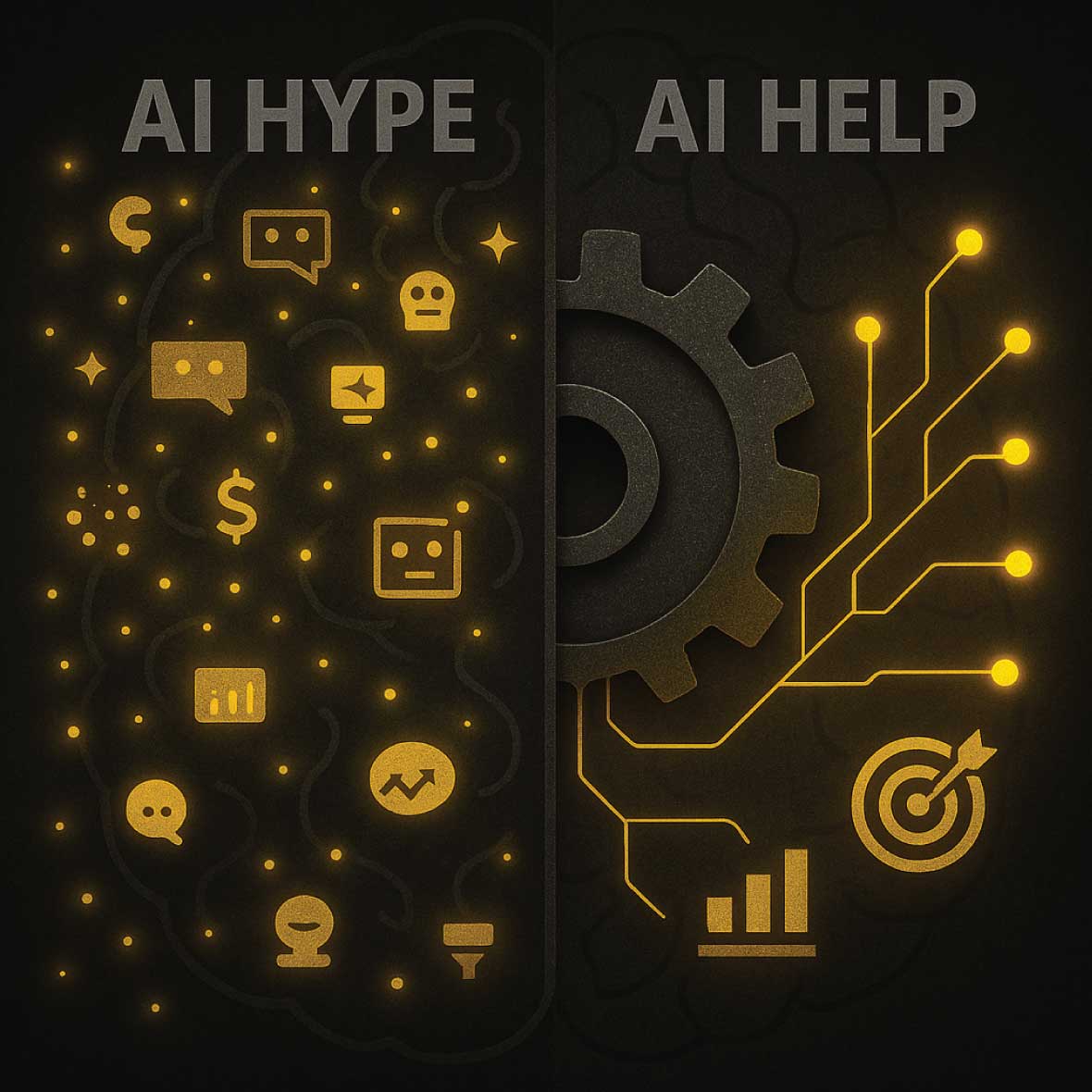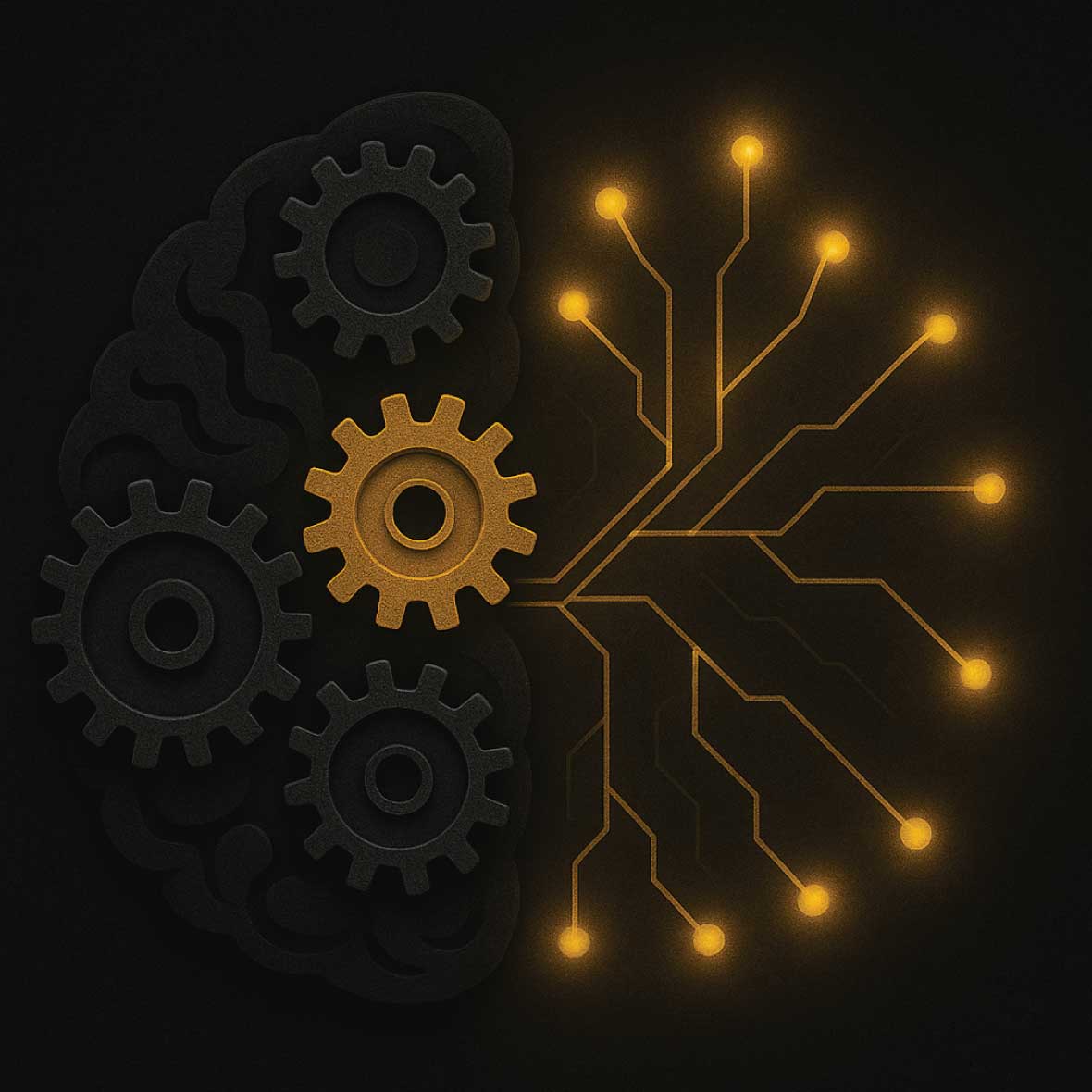
Everyone’s talking about AI. But most teams don’t need another hot take—they need to know what’s actually working. From content creation to RevOps to campaign execution, AI is hitting its stride in a few key areas. In others, it’s falling short. If you're leading a revenue team and trying to cut through the noise, here’s where to focus right now.
Read more: AI Hype vs. AI Help: What’s Actually Working in B2B Marketing

If you're a CMO, CRO, or founder trying to hit bigger revenue targets with leaner teams and shrinking budgets, this space is for you. At Mind Mechanics, we work in the gap between what marketing should be doing and what it’s actually delivering. We don’t sell theory. We build systems that perform under pressure—fast, smart, and aligned to scale.
Read more: (Re)Introducing Mind Mechanics: Smarter Growth Starts Here
